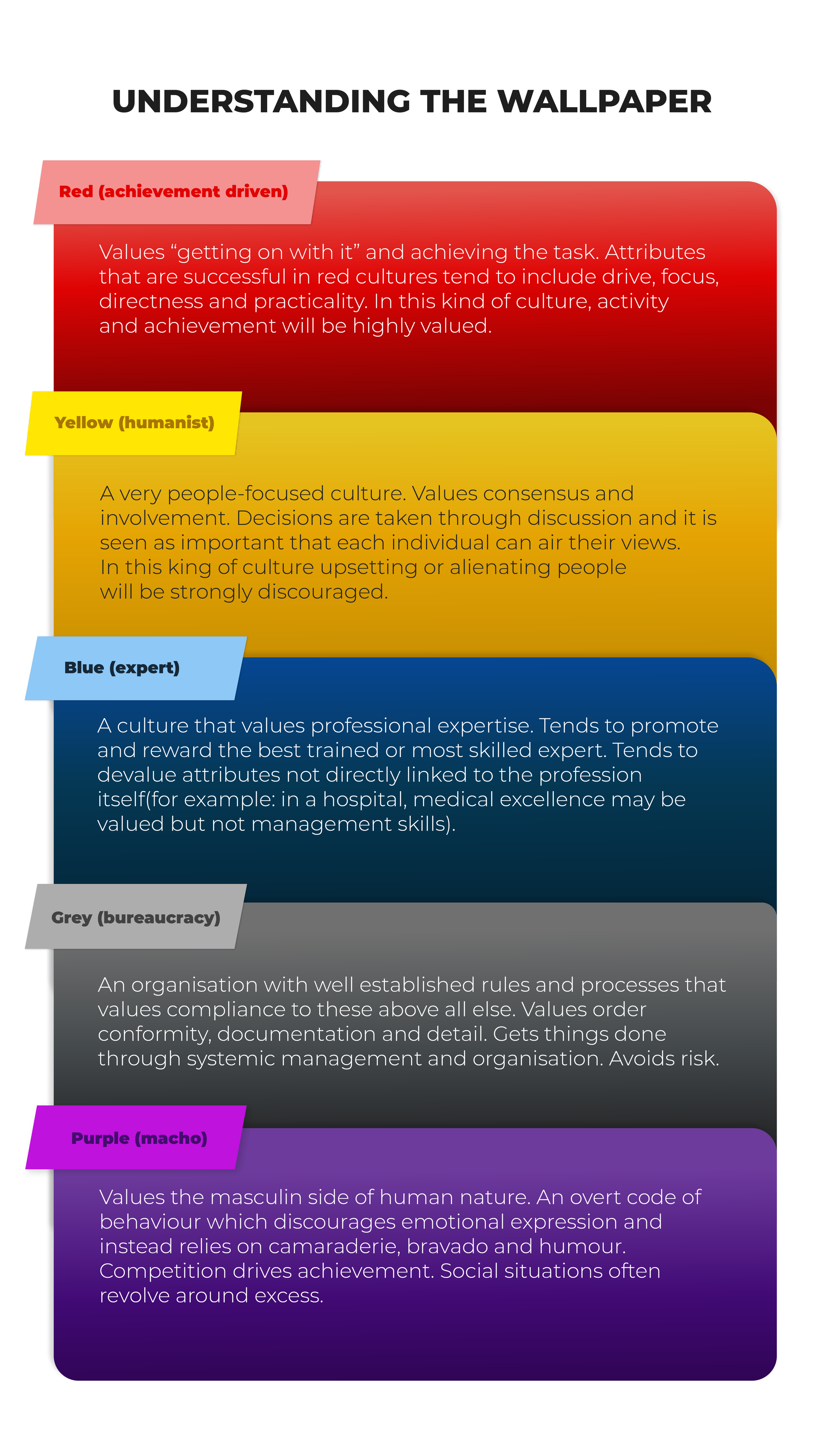How your organisation’s culture plays a vital role in innovation: Part 1
Anna Barlow
Published on

Over the next four articles we will be taking a look at the role that company culture plays in innovation through viewing organisational culture through different lenses.
The first lens is how organisational culture contributes to an innovation team’s ability to innovate. Organisational cultures that provide environments that are psychologically safe, where employees feel comfortable to create, candor is welcomed, failure is treated as learning and accountability is high are likely to be the most innovative.
Culture as Wallpaper
Just over 10 years ago I read a book called “Why Work is Weird” co-authored by Jerry Connor, a leadership coach we worked with at the large fast-moving consumer goods (FMCG) company where I worked at the time. Jerry worked with our leadership team over several years on many topics, one of which was to develop our organisational culture. One conversation with Jerry that remains stuck in my head all these years later was his description of workplace culture as ‘organisational wallpaper’.
In the book, Jerry and his co-author Lee Sears describe how individuals try, and sometimes fail, to blend into the 'organisational wallpaper'. It describes the way individuals usually attempt to fit in at work and can lose their identity in the process. Corporate innovators, by their very definition, are there to challenge the status quo, find new ways to do things and disrupt the business from the inside, to reach better outcomes. To do this effectively, it is important to remain grounded, be authentic and remain true to what you are there to do. In reality, blending in is probably not going to be a very effective strategy, especially when working on innovation goals.
The question is: how do you get comfortable with standing out, and at the same time, work within a culture to create change? First step: It’s important to find out what you are dealing with.
Organisational culture is often hard to describe. It’s how organisations “do things”, how it feels to get things done or even “a very concrete representation of what actually happens in the organisation, especially when someone isn’t there to give explicit instructions”.
In their book, Jerry and Lee describe organisations as having wallpaper made up of a mix of different colours, with each colour describing a different cultural characteristic:
- Red: achievement driven
- Yellow: humanist
- Blue: expert or professional
- Grey: bureaucracy
- Purple: macho.
(see image below for more information)
Each colour manifests itself in a set of behaviours that also come with a “shadow".
For example a red, achievement driven company will place a high value on high standards and action-oriented approaches. It will likely also be very focussed on the short-term, failure will not be easily accepted and it’s likely to have a low appetite for risk.
Many larger companies will have a grey culture, where there are processes and systems for pretty much everything. The shadow of grey cultures can be seen through too much emphasis on detail (think 150 pages of powerpoint) and slowness to change.
You can imagine that a red/grey organisational culture would be a rather challenging environment to innovate within. It’s a combination of the “red” result driven approach with the “grey” restrictive processes that make it difficult to test and try new ideas. This could be one of the reasons why we are seeing more and more larger companies creating innovation incubators outside their corporate boundaries to get around their cultural influence.
Even if you have been working for a long time in a company, and are now trying to embark on an innovation journey, it really helps to take a step back and observe behaviours. For a fresh perspective, you can ask new starters to tell you how it feels for them. Observing and listening will help you work out what the current organizational culture is like.
Once you have worked out what your current culture is like, the next step is to design strategies to help you work with the culture, rather than against it as you design your innovation agenda. Next time we will look at some practical strategies on how to approach this.

Table excerpt reproduced with permission of the author Jerry Connor, "Why Work is Weird", 2005.
